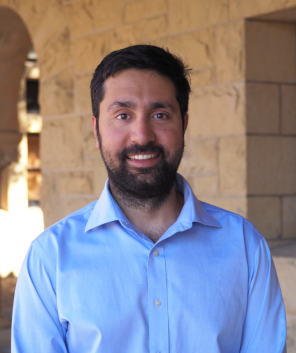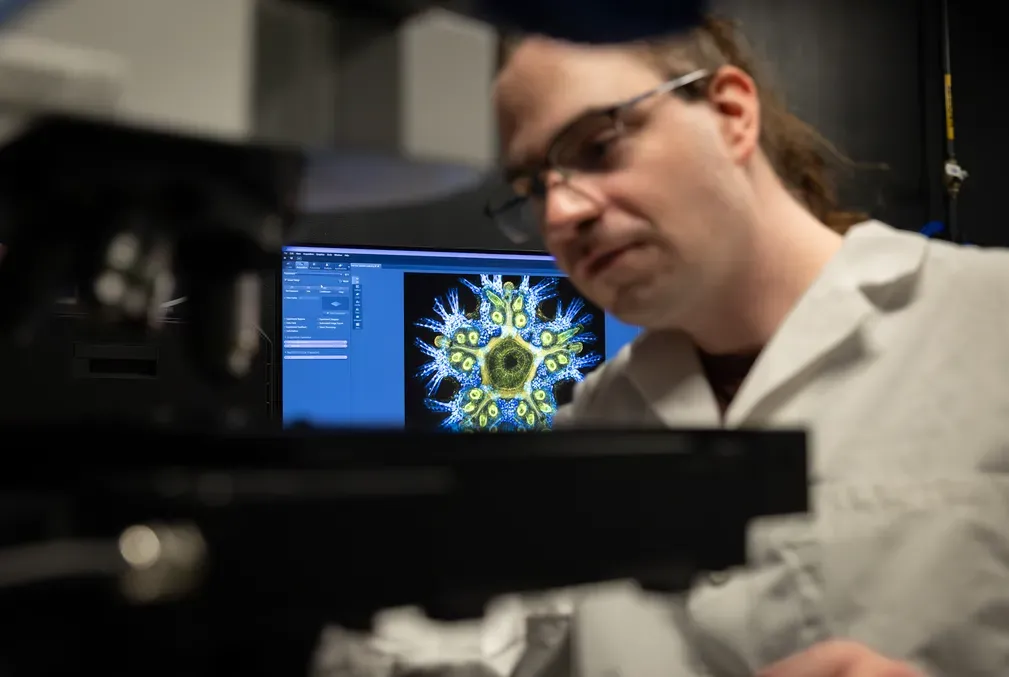Stanford physicist Amir Safavi-Naeini named 2022 Moore Inventor Fellow
The award will provide Safavi-Naeini with $825,000 over three years as he leads an effort to invent a device to rapidly identify proteins in cells accurately.
Stanford applied physicist Amir Safavi-Naeini has been awarded a 2022 Moore Inventor Fellowship for his promising invention proposal—a chip that uses nanoscale mechanical oscillators to detect proteins with unprecedented sensitivity and speed.
The fellowship supports scientist-inventors who design new tools and technologies with a high potential to accelerate progress in the areas of scientific discovery, environmental conservation, and patient care.
This year, the foundation received nearly 200 nominations, from which five fellows were selected. Each fellow will receive a total of $825,000 over three years, including $50,000 per year from their home institution.
“The Moore Inventor Fellowship recognizes the power of innovation to solve problems and reimagine our world,” said Harvey V. Fineberg, president of the Gordon and Betty Moore Foundation, in the award announcement. “We are pleased to recognize the spectrum of disciplines, ideas, and approaches embodied in this group of fellows.”
“Support from the Moore Inventor Fellowship will allow my team to develop and demonstrate how chips that contain large arrays of detectors can quickly sense the mass of proteins,” said Safavi-Naeini, an associate professor of applied physics at Stanford’s School of Humanities and Sciences.
Oliver Hitchcock, Wentao Jiang, Matthew Makysmowych, and Felix Mayor—all graduate students in the Safavi-Naeini lab—have been developing nanoscale mechanical resonators for this purpose. Safavi-Naeini’s award-winning chip design will improve upon and increase the performance and scale of chips already made in his lab. Once made, the chip will need a whole system to function and work with other chips. They will collaborate with Michael Roukes and his group at Caltech to integrate this chip into a mass spectrometry system.
Scaling up this invention such that a single chip contains a large number of mechanical oscillators is a critical component of its success, Safavi-Naeini explained.
“We want to create a technology that's capable of identifying a significant fraction of the proteins in a cell in a reasonable amount of time—and there are roughly a few billion proteins just in a single cell,” Safavi-Naeini said. “What we’re really pushing for are arrays of 10,000 to maybe 100,000 devices on a chip that are sensitive enough to distinguish different proteins by their masses.”
Achieving this goal will require a multipronged approach and a lot of resources and support. “If we're successful,” Safavi-Naeini said, “this will someday be a useful tool for understanding biology and detecting disease. It could also open new opportunities in the emerging field of quantum sensing.”




